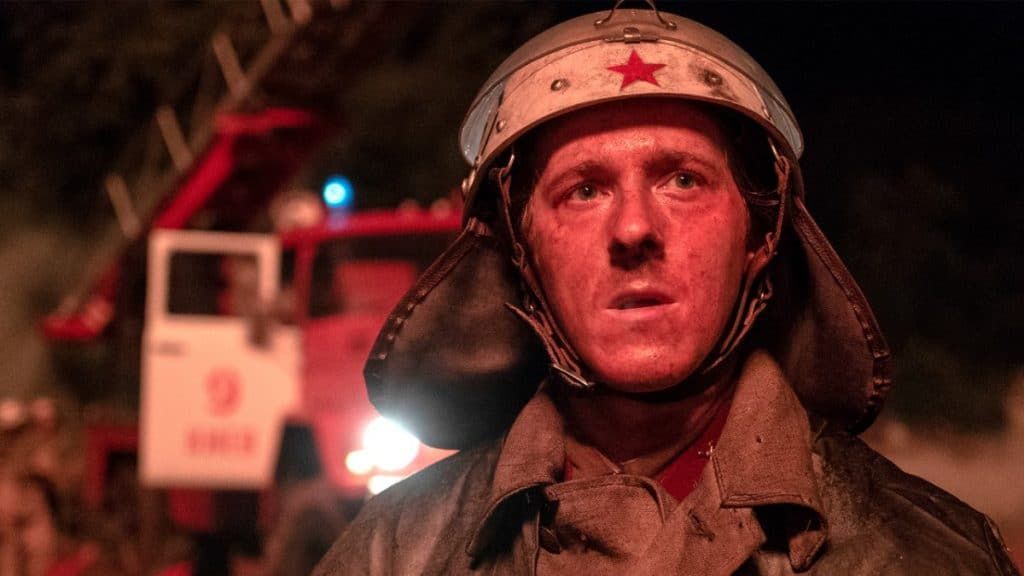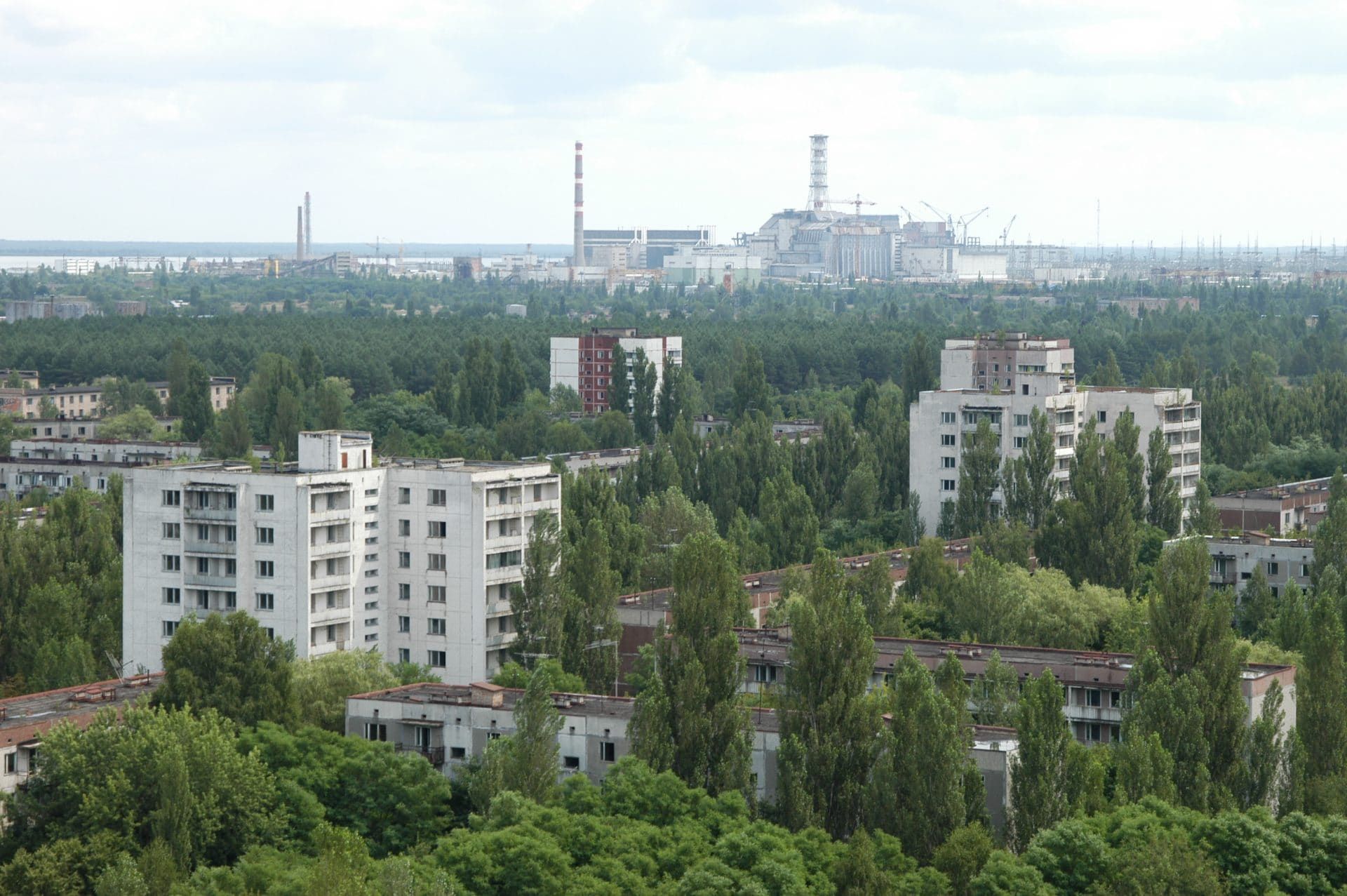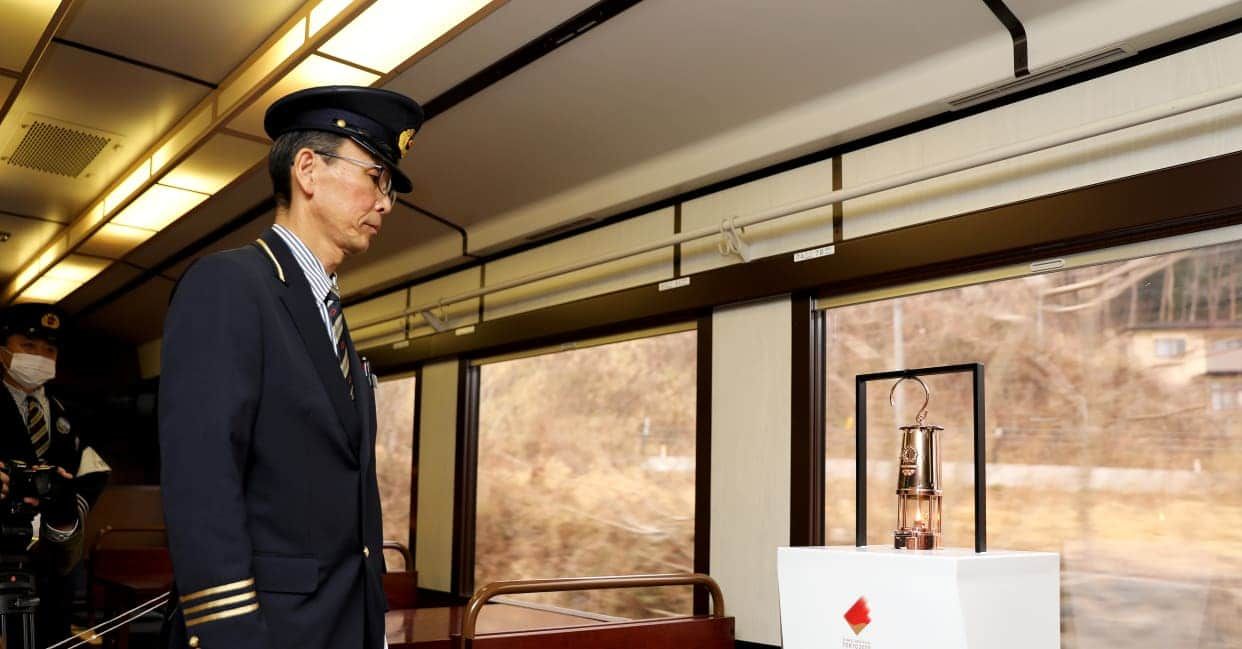The next step in do-it-yourself radiation monitoring
By Dahyun Kang | April 28, 2020
 A firefighter on the first-response team in the five-part Chernobyl miniseries co-produced by HBO and Sky.
A firefighter on the first-response team in the five-part Chernobyl miniseries co-produced by HBO and Sky.
Watching the HBO drama Chernobyl about the nuclear disaster that occurred in April 1986 gave me a whole new perspective on how destructive radioactive particles can be. One scene depicted local men and women fearfully looking toward the nuclear site, a dim red glow against the night sky. Highly radioactive cesium-137-contaminated dust fell like snow on children running in the streets. Plant workers and firefighters died gruesomely after exposure to acute radiation doses unleashed by the debris that exploded from the nuclear reactor. No one knew what to do because Soviet bureaucrats delayed accident announcements and evacuation orders.
The lack of information about radiation levels meant that people were exposed to radiation for a longer duration than if they had received timely warnings. The Chernobyl drama not only helped me realize the disastrous consequences and hazards of radiation, but also inspired me to create a radiation estimator that could provide estimations of environmental radiation levels in places where there are no stationed detectors.

A focus on Fukushima. To develop my estimator, I focused on the Fukushima region in Japan. I chose this area because of the nuclear disaster there in March 2011, when three nuclear power plant cores melted down and released radionuclides into the atmosphere. The Japanese government chose this region to hold a couple of events that are part of the 2020 Tokyo Summer Olympics and Paralympics, branded as the “Reconstruction Olympics.”
The environmental group Greenpeace has raised concerns about whether people attending these Olympic events—which have now been postponed until 2021—could be exposed to lingering radiation. In a report published last month, Greenpeace claimed measurements taken by a survey team detected radioactive hotspots at the Fukushima Azuma Baseball Stadium near Fukushima City, in the area around the city’s central station, and at the J-Village sports complex where the Olympic torch relay will start. According to Greenpeace, the highest measurement at J-Village on October 26, 2019, was 71 microsieverts per hour close to the ground, a reading more than 1,750 times higher than pre-2011 background levels. The forested mountains covering roughly 70 percent of the Fukushima prefecture cannot be decontaminated and therefore pose a recontamination risk to areas when heavy rainfall or typhoons mobilize radionuclides, which Greenpeace says happened during two intense typhoons in 2019.
Japan’s Shinzo Abe administration plans to host the Olympics baseball and softball games at the Azuma stadium, approximately 80 kilometers from the Fukushima Daiichi nuclear power plant site where the nuclear accident occurred. J-Village, where the torch relay will begin, is located about 20 kilometers south of Fukushima Daiichi.

How I built my radiation estimator. The nonprofit organization Safecast, which collects radiation readings taken by volunteers and makes them publicly available at no charge, provides data for a number of locations worldwide—particularly in Japan, where the monitoring network began as a response to the Fukushima disaster. Using the Safecast website, I collected data from the Fukushima prefecture. With the help of mathematical software called Mathematica, I then developed a mathematical equation that takes the Safecast Fukushima data and provides estimates of radiation values at any other location in Fukushima. With the help of a relative who works as a coding programmer, I also created a Radiation Estimation website that uses the mathematical equation to estimate radiation values, in microsieverts per hour, for any latitude and longitude entered by a user.
For example, if the user enters the latitude and longitude of the Azuma stadium, the equation gives an estimate of 0.103 microsieverts per hour. According to the International Commission on Radiological Protection, anything less than 0.23 microsieverts per hour is considered a safe dose, based on the recommended public dose limit of 1 millisievert per year (1 millisievert is equivalent to 1,000 microsieverts).
Future efforts. Currently, my radiation estimator inevitably contains some degree of uncertainty due to limited available data from the Fukushima prefecture, which covers about 13,700 square kilometers. The estimates would be more precise and could be applied beyond Fukushima if there were more disclosed data available to reference.
What about the radiation levels in my own city and others in the United States? Unfortunately, I was unable to find enough open radiation data available to make a good estimate. The US Environmental Protection Agency runs a nationwide environmental radiation monitoring system, RadNet, which has 140 radiation air monitors spread across 50 states, mostly in the heart of big cities. Although these monitors run 24/7, collecting near-real-time measurements of gamma radiation, the number and locations of the monitors are inadequate to cover all of the United States.
There are 96 US nuclear power reactors in operation. Who can assure the American public that no nuclear catastrophe on the scale of Chernobyl or Fukushima will occur in the United States? It is natural for the public to be worried and to insist that the US government install more radiation monitors near reactors and the surrounding populated areas to protect the public. Information collected by the monitors should also be disclosed to the public.
Once sufficient environmental radiation data are available, my radiation estimator would be applicable in my own city and others in America as well. I hope to raise awareness of environmental radiation and offer people information about what kind of environment they are living in. Since my radiation estimator is only a first step in that direction, I hope that someone with more expertise can build upon my idea to create a more precise tool that provides information about environmental radiation anywhere on the globe.
Together, we make the world safer.
The Bulletin elevates expert voices above the noise. But as an independent nonprofit organization, our operations depend on the support of readers like you. Help us continue to deliver quality journalism that holds leaders accountable. Your support of our work at any level is important. In return, we promise our coverage will be understandable, influential, vigilant, solution-oriented, and fair-minded. Together we can make a difference.
Keywords: Chernobyl, Fukushima, Safecast, radiation
Topics: Nuclear Energy, Nuclear Risk, Voices of Tomorrow
















I remember reading ‘the Amateur Scientist as a teen-ager, back in the 60s. I expected a hardware tool, when I clicked on this article, but instead, it’s a mathematical model that the author has developed.I think it’s worth getting together with some folks who can help develop a simple instrument that corroborates the value that the model produces. At one point, in the late 70s, I bought an overpriced Geiger counter to test radiation levels around the experimental reactor known as HiFAR, south of Sydney, in NSW, Australia. ‘Alleged” data were enough to get some changes made, inside the campus.… Read more »